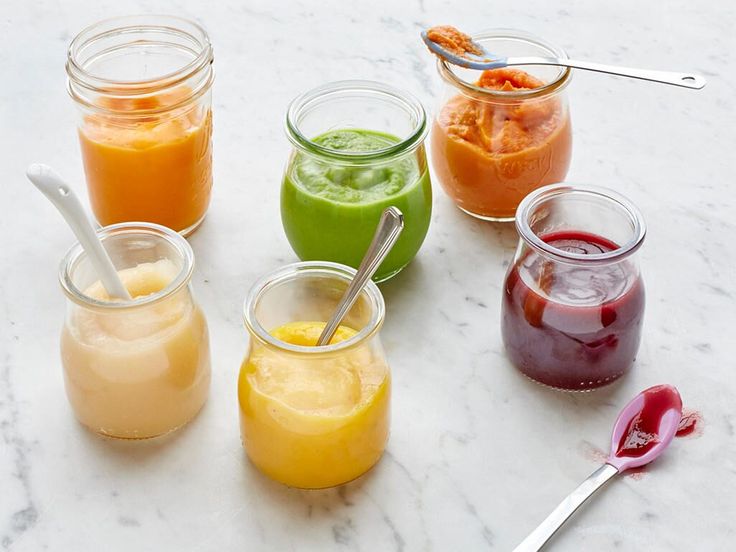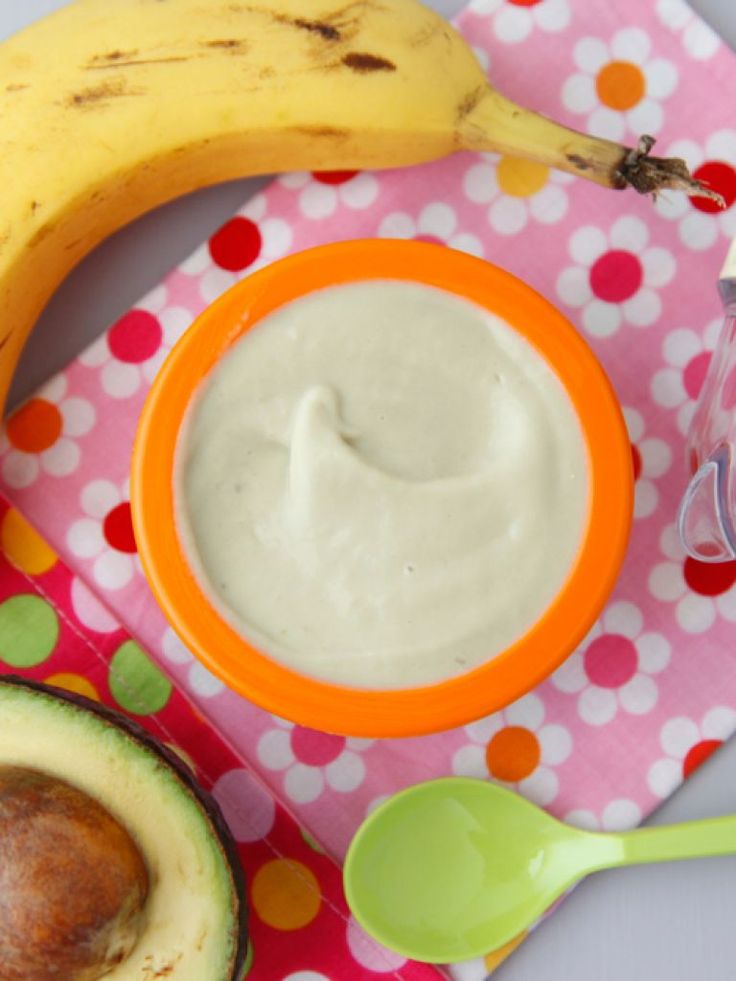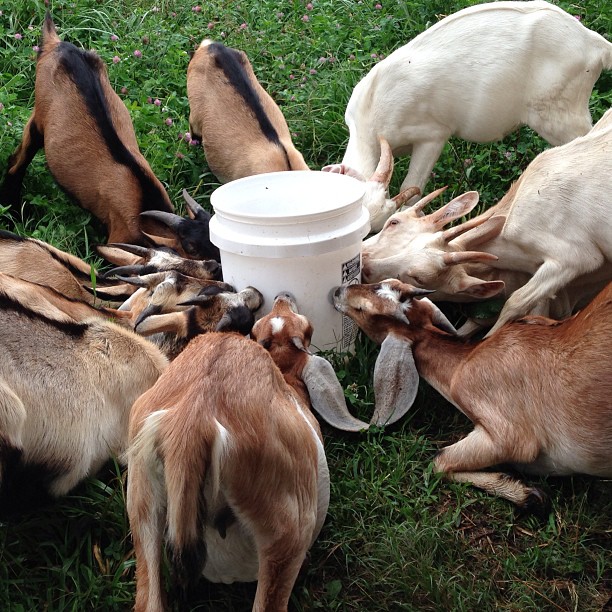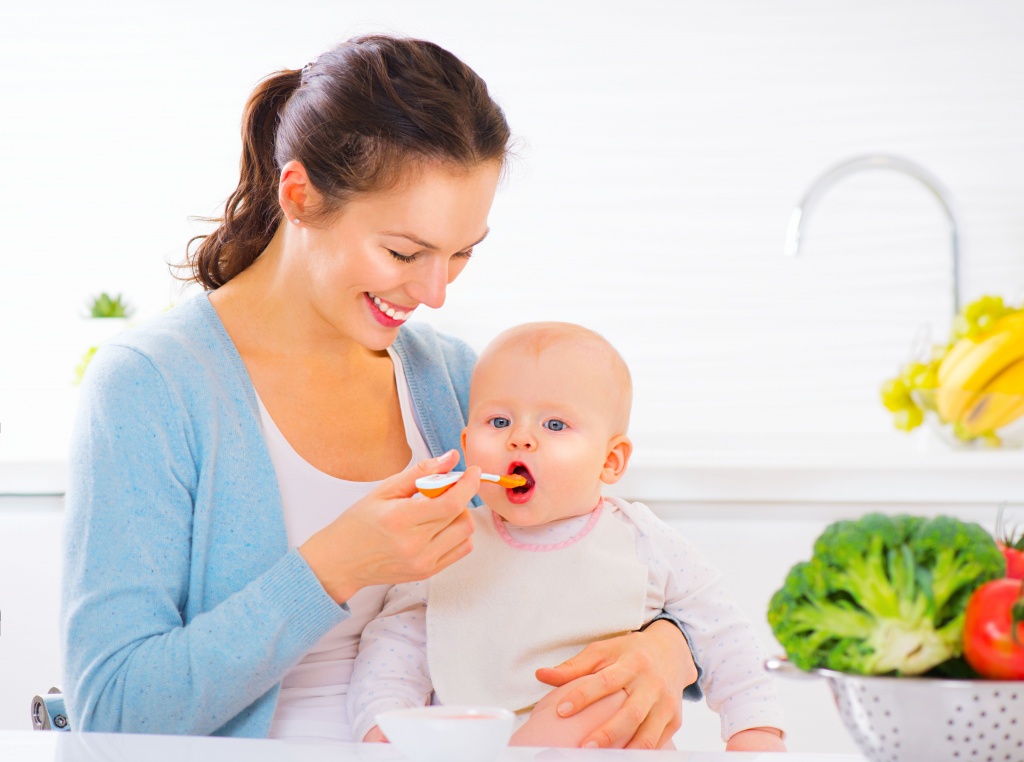Baby spitting out food 12 months
Tips to Solve Common Eating Issues
When you’re feeding a child, serving 3+ meals per day, struggles are inevitable. It’s common to have minor hiccups along the way, and many times you can move past them with a few simple changes. Whether it’s difficulty chewing or biting, overstuffing, pocketing, or food throwing, you are not alone.
Today, I’m here to help solve 6 common eating challenges.
- My child isn’t chewing her food.
Babies begin with a simple up and down reflexive motion of their jaw that comes under their own control between 5 and 9 months. From there, they advance to a diagonal jaw movement starting around 7 to 9 months, and later to a circular movement, which is fully developed by about 24 months. Watch for your child to increase the number of chews, size, and rhythm, and to advance from up and down to eventually a circular jaw movement by age 2.
Chewing skills starts with mouthing. If your baby doesn’t put teething toys or tools in her mouth yet, or your child never did that, start there. Give her a variety of stick-shaped teething toys, like the Dr. Brown’s® Nawgum™, to chew on daily. If she won’t put it into her mouth on her own, help her. Our goal is to place these tools between the gums or molars on the sides of her mouth.
If your child won’t chew on a teething toy or tool:
- Bring this to your child’s mouth and wait for her to open and accept it. This should be enjoyable and should not feel forced. Try singing, playing games, and moving up from her hands, arms, and shoulders toward her mouth. Once she will allow it in her mouth, place it on her gums in the molar area. Hold it between her gums and wait for her to bite down. If she won’t bite, give a little gentle downward pressure to her lower gums and upward pressure to her upper gums.
If your child is chewing on teething toys and tools, but won’t chew food, try these strategies:
- Dip stick-shaped teething tools in puree, roll tools in a soft smashable solid (like avocado or banana), or roll in crumbs of a meltable solid (only with this texture after she is crawling), and help your child place this on her molar area for chewing.
 As described above, hold the tool between her gums and wait for her to bite down. If she won’t bite down, apply a little gentle downward and upward pressure to her gums.
As described above, hold the tool between her gums and wait for her to bite down. If she won’t bite down, apply a little gentle downward and upward pressure to her gums. - Offer stick-shaped foods that are soft (starting after she is sitting up) and meltable (after she is crawling). When you offer these foods, guide her to put them between her molars. By placing between the molar areas, your child will naturally learn to bite and chew with her teeth vs. smashing with her tongue.
- Once your child is crawling (around 8 to 9 months), place small pieces of soft smashable solid (a small cube of soft fruit or vegetable about the size of your pinky fingernail that you can easily squish between your fingers) or a meltable solid (a small piece of a dissolvable puff) between her gums on the sides. When you place a piece of food to the side, she will bite down, and will shift her tongue to the side you place the food. When she shifts her tongue, her jaw will shift, advancing her chewing skills.
 Alternate sides to teach the back and forth motion of the tongue and jaw.
Alternate sides to teach the back and forth motion of the tongue and jaw.
- My child won’t bite into bigger pieces of food.
Babies are typically able to take a controlled bite from a soft solid beginning between 7 and 12 months.
Teaching a child to take bites and to chew also starts with mouthing. If your child hasn’t done that or if he skipped that step, start there.
Once your child is regularly mouthing and chewing on tools, help him to learn to bite by offering stick-shaped foods. If he needs help, guide these over to his molar area to take bites.
If your child is chewing tools regularly, but is still not biting pieces off:
- For a baby or younger child, offer a stick-shaped food and hold it for your child very close to the top, so he is only able to bite off beyond your fingers.
- For an older child, make a line on the food so your child can see where to bite. You can use a toothpick to draw a line, or a fork to make a dotted line.
 I like to tell kids these are the teeth marks, and then ask them to bite on the teeth marks.
I like to tell kids these are the teeth marks, and then ask them to bite on the teeth marks. - Teach your child about bite size. You can show a picture of a mouse and tell him that a mouse “takes small bites” and a picture of a lion who “takes very big bites.” Talk your child about the best bite size for his mouth, and then rehearse by having him identify mouse vs. lion bites on himself and you.
- My child is overstuffing her mouth.
First, work on improving your child’s oral awareness (the ability to understand and feel food in her mouth, and the borders of the inside of her mouth). Children learn this through mouthing, typically by 5 to 9 months.
- Help your child improve her oral awareness by brushing inside her mouth (on the top and sides of his tongue, inside her cheeks, and along her gums) with a finger brush or child sized toothbrush. Do this with tooth brushing and/or just prior to meals to wake up her mouth and get her ready to eat.

- Just prior mealtime while you are preparing a meal, give your child a stick-shaped teething tool for chewing practice. Make this part of your mealtime routine.
While your child is working on improving oral awareness and sensation in the mouth, help her to learn to take small bites by only offering just 1-2 bites on her plate at a time. It sounds simple, but most of the time, we just need to break the habit and allow the child to practice this skill. Keep her full serving of food over to the side, and add new bites to her plate as she eats.
For an older child, talk about small bites one at a time, and use pictures (like the lion and mouse described above) to help her understand the difference.
For any age child, offer foods with stronger flavors. These provide more sensation in the mouth. When a child can feel the food, she’ll be less likely to overstuff.
- My child pockets food in her cheeks.
With pocketing, I’d recommend the same strategies as described above with mouth stuffing.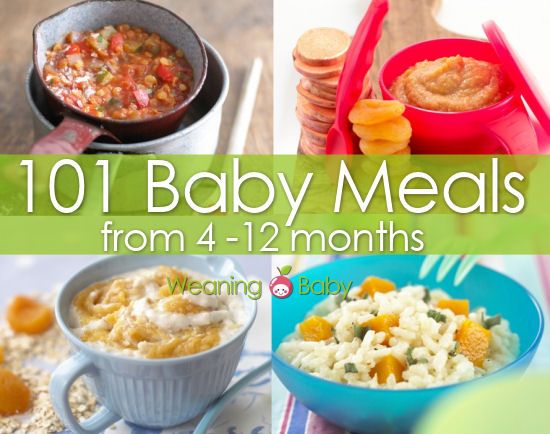 Start with the mouthing, brushing, and chewing practice. Again, the key here is oral awareness and that starts in infancy with mouthing.
Start with the mouthing, brushing, and chewing practice. Again, the key here is oral awareness and that starts in infancy with mouthing.
With pocketing, again offer 1-2 bites on the tray at a time, but this time also offer a cup of cold water for sips between bites. Cold water is best because it can increase sensation and be alerting for a child’s mouth. Practicing sips between bites will get the child accustomed to the feeling of a clean mouth.
Teach an older child to use her tongue to clean her mouth between bites. Show her how you move your tongue to the side and then push it into your cheeks to clear food out. I like to tell a child that the tongue is like a broom, cleaning the food around the mouth. Cue your child to “use your broom” when you notice pocketing. You can also provide a touch cue to the outside of a child’s cheek to remind her to move her tongue to that side.
Use a mirror with meals or snacks every once in awhile. You can keep a small handheld mirror at the table, or move your table so a mirror is across from your child. Cue your child to look in the mirror to “make sure your mouth is all clean” between bites. If your child’s oral sensation is reduced, this visual cue will be very helpful.
Cue your child to look in the mirror to “make sure your mouth is all clean” between bites. If your child’s oral sensation is reduced, this visual cue will be very helpful.
- My child throws food during meals.
First, take a look at which foods your child is throwing and when. Is your child full and then begins throwing? Is he throwing a food he doesn’t like? Does he do this when his plate is full and he’s overwhelmed? If you can get to the bottom of why this is happening, then you can solve this struggle. If you’re unsure, try a combination of methods and see what works for your child.
Here are 4 reasons why food throwing occurs and how to help:
- If your child does not want to eat a particular food:
- Give your child a place to put the food. Use an “all done” Place a small bowl next to your child’s plate. When he starts to throw the food, re-direct him to put the food into the “all done” bowl.
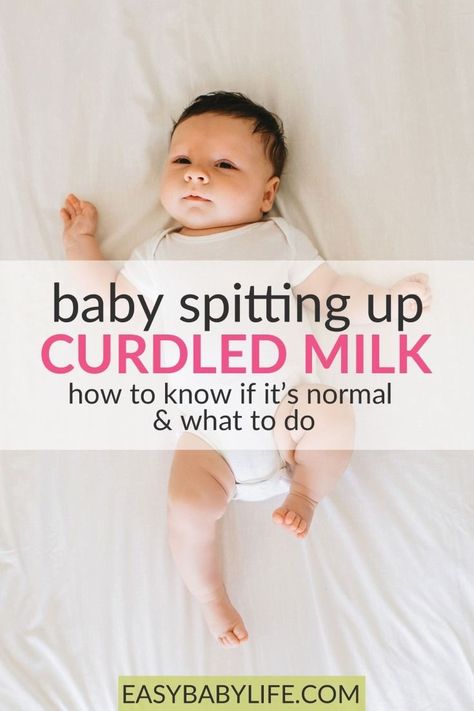 Verbally cue your child, “This is the all done bowl. If you’re all done with that, put it here.” Do not push your child to eat any of the food he has placed in this container.
Verbally cue your child, “This is the all done bowl. If you’re all done with that, put it here.” Do not push your child to eat any of the food he has placed in this container.
- Give your child a place to put the food. Use an “all done” Place a small bowl next to your child’s plate. When he starts to throw the food, re-direct him to put the food into the “all done” bowl.
- If your child is full:
- End the meal. When your child throws food, take that as a cue that he is done. If you don’t feel your child is truly done yet, try giving a reminder first, “If you throw your food, that tells me you are all done. If you throw again, we will be all done.”
- If your child looking for attention:
- Many times kids will throw food if they are looking for attention, both positive and negative. Ignore the behavior and bring your focus to something positive your child is doing, something else on his plate, or a new conversation. Without any attention, the food throwing should diminish over time.
- If your child overwhelmed:
- Try removing most of the food on the plate and offering just 2-3 simple bites. Make sure the table space around your child is clear and free of clutter.

- Try removing most of the food on the plate and offering just 2-3 simple bites. Make sure the table space around your child is clear and free of clutter.
- My child chews foods and spits it out.
Chewing and spitting out food is very common for toddlers. We often see children doing this with new foods, harder to chew textures, or when they are not hungry. If it’s happening every once in awhile, or for a brief period of time, it is completely normal. However, if this persists, or your child is not swallowing any foods, then further evaluation by a professional is warranted.
If your child is chewing and spitting out food, stop the behavior by changing her focus. Offer a sip of a drink, place a different food on the tray, or start a conversation to re-direct her. If she continues to do it, then end the meal. Say something like, “I can see that you are all done, let’s clean up.” Keep it neutral and avoid making a big deal about the spitting, as this can only increase the behavior (if your child enjoys the attention they get from the reaction). I like to go with a “two strikes rule. ” As described above, if your child continues after two attempts to re-direct or change things, then the meal is done.
” As described above, if your child continues after two attempts to re-direct or change things, then the meal is done.
If you notice your child is always spitting a certain texture, make that texture easier for your child to manage by chopping it smaller, cooking it down to a softer consistency, or by adding a dip or sauce to soften it.
No matter the struggle, you are not alone in this. Feeding challenges are common, especially in the toddler years. Sometimes the simplest changes can make all the difference.
If you’re finding yourself overwhelmed, these challenges are impacting your child’s health and wellness, or they are not going away, seek out a Clinical Feeding Evaluation with a Speech-Language Pathologist or Occupational Therapist. During this appointment, the professional will watch your child eat and drink, and will give your personalized recommendations and treatment plan.
ChiKids Speech & Feeding offers home-based, in-person Feeding Evaluations and Treatment for families in the Chicagoland area, as well as virtual options for families across the US. To learn more, head to chikidsfeeding.com or @chikidsfeeding on Instagram.
To learn more, head to chikidsfeeding.com or @chikidsfeeding on Instagram.
About the author:
Catherine Callahan, MS, CCC-SLP, CLC
ChiKids Speech & Feeding, LLC
chikidsfeeding.com
@chikidsfeeding
Catherine is a speech-language pathologist, pediatric feeding specialist, certified lactation consultant, and mom of three. She resides in Chicago, where she works at a top 10 US Children’s Hospital and owns her own business, ChiKids Speech & Feeding, LLC. In her private practice, Catherine offers in-home and virtual feeding evaluations and treatment for local infants and children; and through her social media and blog, she shares everyday feeding strategies and supports families and professionals across the globe.
Why Your Baby Spits out Food and What to do about it!
Your baby isn’t spitting out food to make you crazy, it’s happening for a reason. Learn why and how to help them learn to keep it in their mouth!
At first it seemed normal, they’re learning to eat after all.
The little puff, green bean, or cheese just slipped out of their mouth over and over again. At first, you were patient because they never ate anything before and obviously they were trying. But, as days and weeks went on, and your baby got older and bigger, the spitting out of food continued.
Maybe it seemed like it was even on purpose. Like they were actively trying to push it out.
Or, maybe it seemed like they didn’t care or didn’t even seemed to notice.
Either way, you’re getting worried because at some point, your baby needs to eat, they can’t live on your milk or formula forever.
This may sound like an unusual problem, but as a feeding therapist, it’s something I see all the time. When your baby spits out food all the time, they certainly aren’t being bad or trying to make you crazy. There is a reason and a way to move past it too!
When Should My Baby Be Able to Eat Real Table Foods Well?
It’s normal for babies to inadvertently lose a piece of food here and there and have it pop back out of their mouth.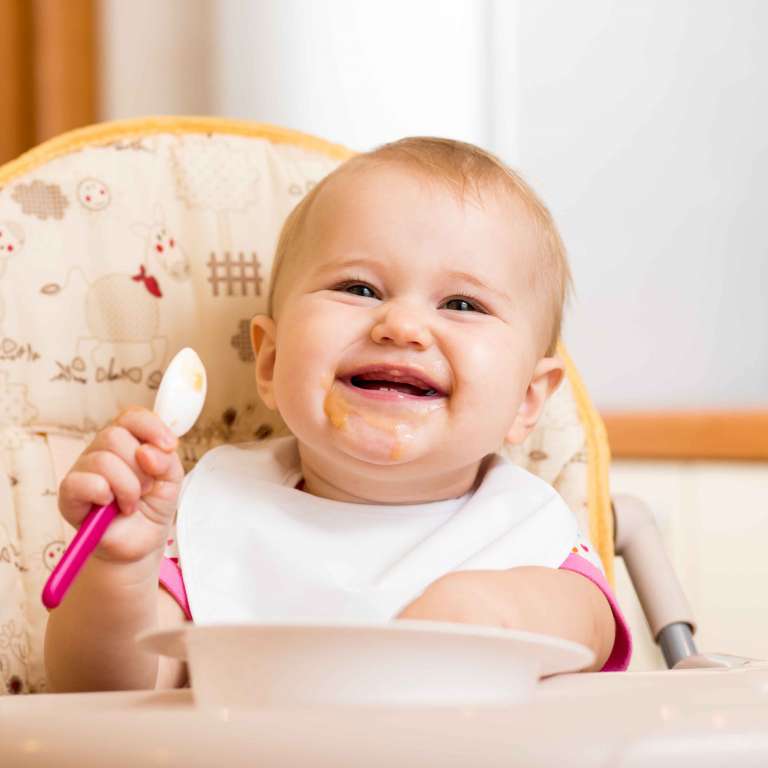 They are figuring out how to move their tongue, mouth, and jaw around together and sometimes food ends up falling out.
They are figuring out how to move their tongue, mouth, and jaw around together and sometimes food ends up falling out.
Most babies learn to eat table foods around 8-10 months old and we look for them to be eating table foods well from 10-14 months old.
As a feeding therapist, I look for babies to be keeping most of the food in their mouth by 10 months old. As with all milestones, there are a lot of factors, such as adjusted age of premature babies, and any other developmental delays that can affect that number though.
Oh No, Are They Behind?!
I share those ages here because I think all too often, parents are told to “just wait and see”. And, there is a time for that, but it’s also important to know when you need to start addressing a potential issue that could make it difficult for your child to learn to eat.
So your child isn’t necessarily behind, but if they are consistently having food fall out of their mouth at 9-10 months old and you’ve been trying for a few weeks or months, it is a sign that they need a little help.
Because, unfortunately for some babies, when they don’t get the hang of chewing and swallowing their food, it can lead to all sorts of feeding trouble, namely picky eating.
Ugh, Why Does My Baby Keep Spitting Out Food?
But, why does your baby or toddler keep spitting food out in the first place? Well, there are a few different reasons:
1. Oral motor skills – In my work, this is the most frequent reason babies spit out food. Oral motor is a fancy therapy way of saying coordinating the muscles in the mouth. Just like a 5 year old needs his fingers to tie his shoes well, a baby needs his tongue, cheeks, lips, and jaw to eat well. Sometimes it can be difficult to coordinate, and sometimes, it’s a lack of strength because the tongue is a giant muscle.
There are a ton of reasons why kids could have difficulty with oral motor skills, but what’s important to know is that if you see your child accidentally having food fall out of their mouth, this is likely the culprit.
Also, when your child seems not to chew, or mashes food with their tongue, oral motor skills can be the cause. It’s also possible that younger babies still on baby food can have a hard time pushing the pureed food back in their mouth, so instead, it just comes back out. It’s not really active spitting, but it sure can seem that way. Read more about oral motor skills.
2. Sensory processing – While there are a lot of babies and toddlers that have a sensitivity to different textures, most of them never get the food anywhere near their mouth, and if they do, they spit it out the second it touches their lips or tongue. That sensitivity they experience is a result of their sensory processing. Learn more about sensory and eating.
But, it’s still possible that your child could take a little longer to figure out if they like the taste or texture of the food. If you see your baby deliberately spitting food out of their mouth, maybe even with some gagging, then their sensory processing is likely the reason behind the frequent spitting food out.
3. Normal spitting – And, of course, some babies have learned that they get a whole lot of attention when they spit their food out. They also could simply decide they can’t chew through a piece of chicken or feel that the watermelon was too big of a piece. In any of these cases, you’ll see your baby spit food out at you.
However, in this last instance, it’s not a pattern that’s repeated 100% of the time.
Most of the time, when a baby has food they’re spitting out or that’s falling out of their mouth all the time, it’s because of their oral motor skills.
Affiliate links used below. See our full disclosure.
What to Do When Your Baby Spits Out Food
When your baby is consistently spitting out food, it can be super overwhelming! If your baby is over 10 months old, it’s a good thing to ask your doctor about feeding therapy or look into it yourself, but there are some powerful strategies you can use at home too!
The first is to start using a toothbrush on your babies gums a couple of times a day.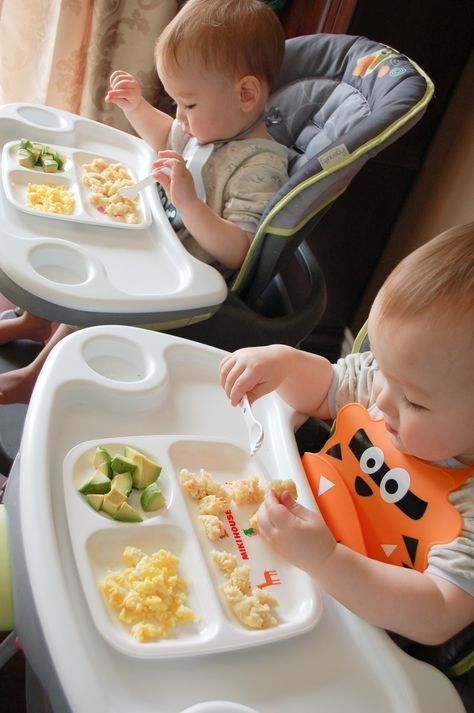 It sounds strange, but that toothbrush actually causes your baby’s tongue to move around. And, that actually helps to strengthen it!
It sounds strange, but that toothbrush actually causes your baby’s tongue to move around. And, that actually helps to strengthen it!
Another idea is to give them teethers and other safe toys that they can practice chewing on. This helps to strengthen the tongue, but also the jaws, cheeks, and lips because they mouth on those toys and move them in all sorts of ways. This is one of my favorite teethers to use!
Lastly, you also want to push the food back in their mouth, just as it’s about to fall out. As you do that, push it firmly back on to their gums, and after they chew for a few seconds, you can experiment with giving them a sip of water or milk to see if that helps them swallow it down. Of course, you WON”T want to do that if you notice the food they spit out is never chewed because then it could be a choking hazard.
More Help for Babies and Toddlers That Spits Out Food
Those tips are a great start, but there’s a lot more where they came from! If your baby needs help with learning to eat table foods, then you’ll want to scoop up this free printable cheat sheet:
Click here to get the Free Learn How to Eat Table Foods Printable
I’ll send it right to your inbox! You’ll find my step by step tips to help your baby get on the road to eating well.
More on Table Foods for Babies and Toddlers
How to Transition Your Baby (or Toddler) to Table Foods Easily and Safely
Mega List of Table Foods for Your Baby or Toddler
When Can Babies Eat Cheerios, Puffs, & Other Foods Safely – Answered!
6 Tips to Get Babies and Toddlers to Stop Throwing Food!
Alisha Grogan is a licensed occupational therapist and founder of Your Kid’s Table. She has over 14 years experience with expertise in sensory processing and feeding development in babies, toddlers, and children. Alisha also has 3 boys of her own at home. Learn more about her here.
Spits out food
- Forum
- Archive
- Child psychology and development
8 month old baby. While eating, sometimes he begins to make lips "prr" (like boys carry cars), food flies in all directions. Is it a certain stage of development or something psychological?
Not hungry. I stopped feeding when the baby started to do so.
I stopped feeding when the baby started to do so.
Does sometimes at the very beginning of feeding.
Maybe the feeding times are wrong or the baby doesn't like the food.
stop feeding a couple of times at this point and it will stop doing that. Just don't get angry, just calmly say that they don't play with food
This is the beginning for you, and he may be full from the last time. At this age, I already allowed the child to skip feedings when he clearly had no appetite. Nothing terrible happened.
And we used to do that at your age - getting hit on the lips by dad, now we're a year and a month old, don't do that anymore.
Cool advice, what do you and your husband do for the things you don't like? is he with you?
What to do, give advice. Wait it out? don't give food?
Mine just does it, without food. I would definitely fall behind with food, well, obviously he doesn’t want to eat if he spits like that)
No, he really dabbled. He spat out the first spoon like that. And we love to eat, even when the cold was with a temperature, he didn’t refuse to eat. When he spits out if he doesn’t like this one thing, and when he does prrr on purpose several times in a row and everything and everything around is in porridge, plus he was told it’s already impossible several times , and he continues and laughs at the same time - that's what he got for it. (He got it on his lips with a plastic children's spoon - he was offended and sobbed.) We immediately taught that it was impossible to indulge at the table.
He spat out the first spoon like that. And we love to eat, even when the cold was with a temperature, he didn’t refuse to eat. When he spits out if he doesn’t like this one thing, and when he does prrr on purpose several times in a row and everything and everything around is in porridge, plus he was told it’s already impossible several times , and he continues and laughs at the same time - that's what he got for it. (He got it on his lips with a plastic children's spoon - he was offended and sobbed.) We immediately taught that it was impossible to indulge at the table.
And he didn't get it right away either. It's hard to piss off our dad. But now when he does prrrr, I say it’s impossible - he stops.
If my husband did something to a child, I would immediately do the same to him. Children must not be touched.
Those who beat (spank well) use any physical impact, sign that they are powerless in verbal impact, and simply cannot explain in words. That is, you yourself are a fool, but you spank a child.
I also did this from 7 months to 11 for sure. It’s cool, it was funny to me, I didn’t know that this was a problem, and besides, you can get it on the lips
I don't think so. The child must know what is possible and what is not. And, yes, with a one-year-old child, we are powerless in verbal influence, because. He is still small!!! Even in the Bible it is written that the parent is obliged to discipline the children, and if not, then the child then winds ropes from the parents.
For us, the fact that he was spitting became a problem - he understands "it's impossible", but he does what he wants anyway, so he gets it. I am for punishment in the case (after verbal influence) and for violent coercion, if necessary. (for example, to drink medicine, but he, of course, does not want to)
Situations are different. Ours did this on purpose and it was impossible to feed him. It has become a problem for us. Enough words now.
At other times, it's fun for me too, but while eating, the flight of porridge somehow doesn't please me.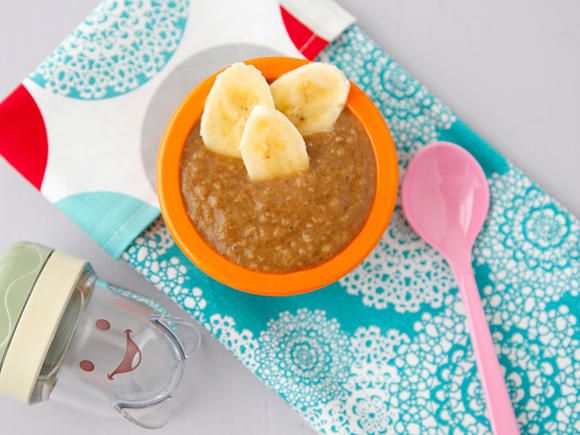
Pevroe, you never know where it is written, do you keep fasts? do you have sex on permitted days? and so on? Or read what is convenient and appropriate?
second, to discipline does not mean to apply physical punishment, if you do, then you simply cannot do it differently, read weak and stupid.
There is also such a concept as DO NOT and DO NOT, do you distinguish between them? And how much should be impossible at the age of one?
And what is this strange fear that ropes will be twisted out of you? Don't screw up if you respect the boundaries. And do not violate)
Same thing) We call it a tractor starts) funny and funny)
So maybe you didn’t want to eat? Go, you decide for him when he eats and how much?
Imagine, yes, while I decide when to eat. It is strange that a child does not make a decision on his own a year ... I feed according to the regimen 4 times a day. Therefore, he wants to eat for every feeding, since we only have fruits or fresh vegetables for snacks.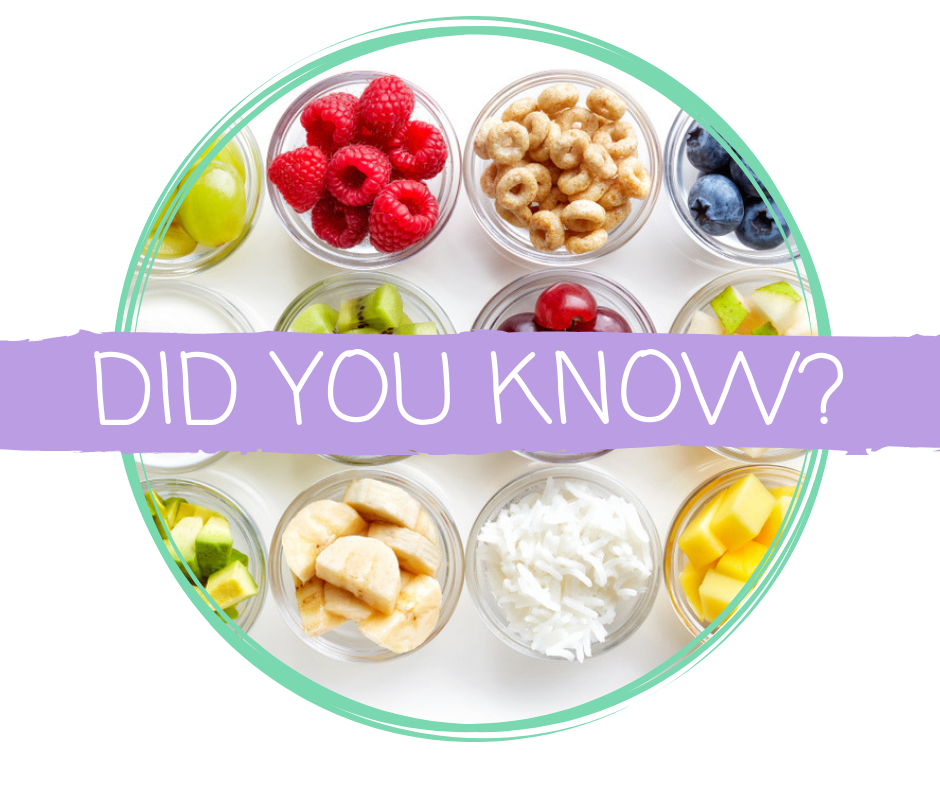 If you feed him more often, he will grow a piglet with me, my son loves to eat very much. I don't have a little one. I wrote above that when we get sick, we eat as usual. Yesterday he ate his porridge, after 5 minutes I had to share a cutlet with him, and after another 5 minutes he pulled a piece of bread from my grandmother’s table and I had to divide a piece in half.
If you feed him more often, he will grow a piglet with me, my son loves to eat very much. I don't have a little one. I wrote above that when we get sick, we eat as usual. Yesterday he ate his porridge, after 5 minutes I had to share a cutlet with him, and after another 5 minutes he pulled a piece of bread from my grandmother’s table and I had to divide a piece in half.
And I'm not cool or funny when I'm covered in porridge. And the author asked how to deal with the problem. I told how we are. Yes, I did. Yes, no more spitting. Our problem is solved.
Well, the first couple of times, ask not to do this, the third time, strictly demand, the fourth time, stop eating and drop out of the chair.
As far as I remember food is a physiological need and no one except the individual can know for him. And to accustom Mona to everything aha. The current is still incomprehensible, it seems that he ate porridge and seemed to spit, so did he need porridge then?
Will you solve problems like that? Believe me, porridge is not a small thing.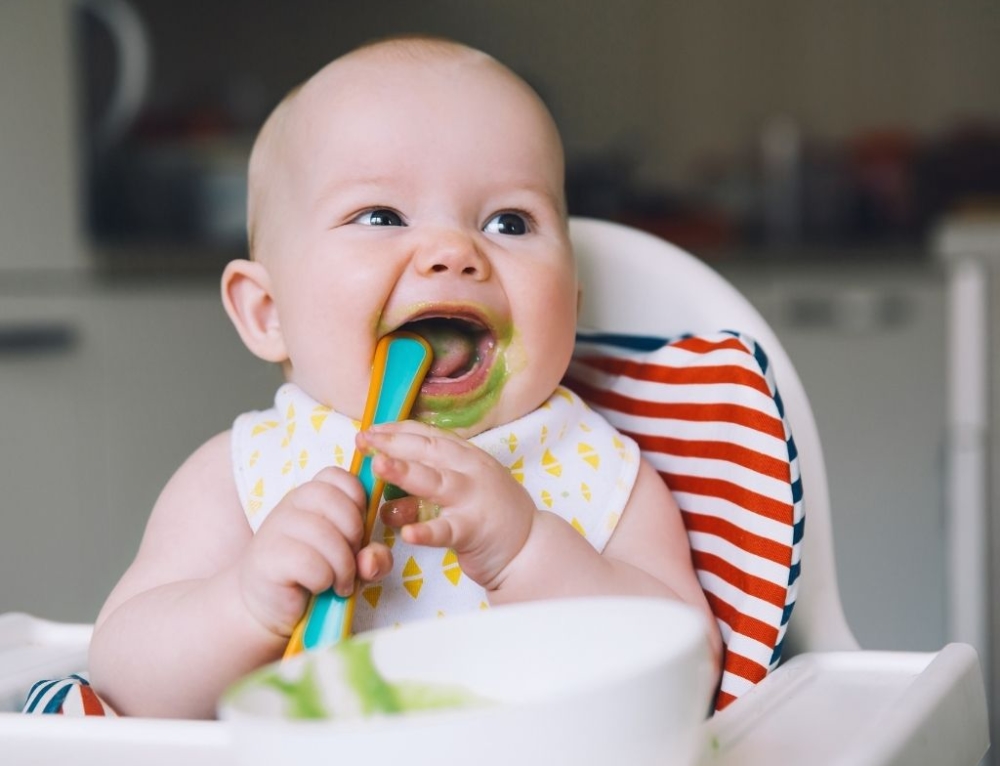 .. nothing. we will solve problems with a belt, if we don’t understand otherwise. We were accustomed to the regime from birth, we ate the mixture (oh horror), it is often impossible to give it, the mixture was replaced with food, the regime remained. The individual is only a year old, we decide for him. And if the individual is in the socket will climb and from 3 times will not understand that it is impossible with words, what are you going to do?0011
.. nothing. we will solve problems with a belt, if we don’t understand otherwise. We were accustomed to the regime from birth, we ate the mixture (oh horror), it is often impossible to give it, the mixture was replaced with food, the regime remained. The individual is only a year old, we decide for him. And if the individual is in the socket will climb and from 3 times will not understand that it is impossible with words, what are you going to do?0011
Kanesh I'll cut it so that it will fly half the room cooler than from the current, how else?
Young man, everything is clear with you. Play ping-pong, Gena)
Have you read somewhere about the "psychological" spitting of an 8-month-old baby, or did you come up with it yourself? Just wondering. Is there such a "version" somewhere?
If I had known, I wouldn't have asked questions.
So I ask - where did you get this from? I have already gone through the “teeth!!!!!” stage three times already, and the 4th time will be the same, it’s like giving a drink. Whims...whims...whims. But then everything goes back to normal. But to "psychologically"? Hear it for the first time.
Whims...whims...whims. But then everything goes back to normal. But to "psychologically"? Hear it for the first time.
The child is actively exploring his body and everything around him at the same time. Now he is spitting, then he will put his fingers into the porridge, therefore throwing the same porridge and so on. This is the normal development of a small child. At this moment, try to say briefly “no” in a serious voice, well, postpone feeding for 10 minutes, after this time sit down to feed again.
I do this from time to time, I don’t even bother, I laugh with him and continue to eat, I have twins, if you still pay attention to this ...
Oh, relax. There, the girl has a clinical case. From the moment they appeared, they didn’t specially accustom him to hands, he fell asleep (and falls asleep, probably) on his own with a pacifier. So it gets on the lips, and not only, probably ... But with my mother it's still better than without her.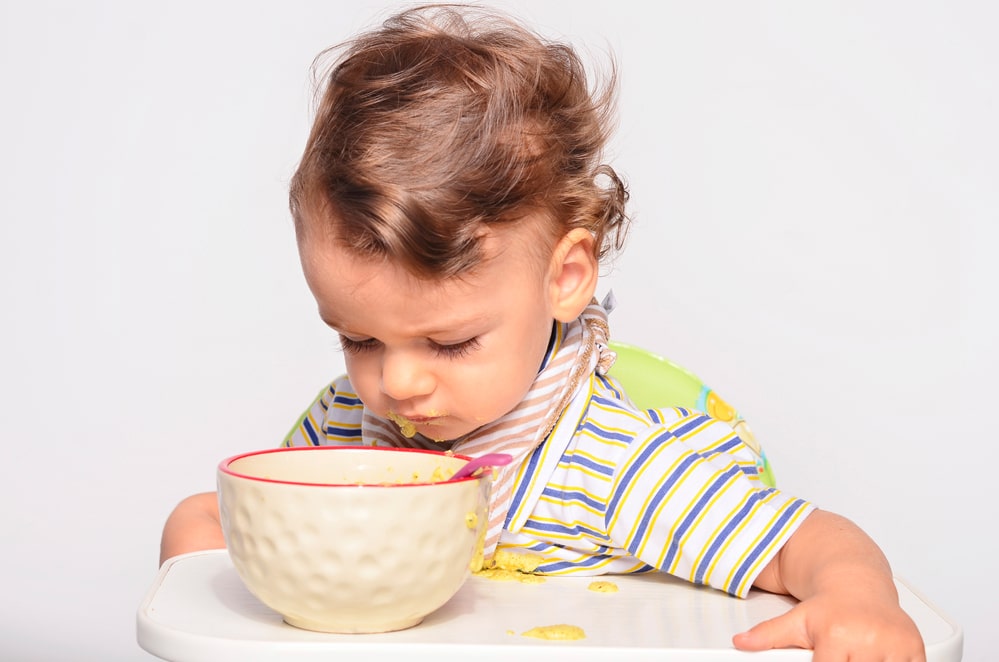 So it's not all bad. Although my mother remembered about the belt already a year ago. What happens at five...
So it's not all bad. Although my mother remembered about the belt already a year ago. What happens at five...
Well, I don't know, it was really funny to me. Porridge - what is it, but blueberries.0011
If an individual climbs into the socket, then there must be plugs. The rest - no comments, horror
Yes, I haven’t seen such people for a long time) I lost the habit, I wanted to make sure that everything was not so rotten.
I read a topic about bedtime... What scares me the most is that the girl has no doubts about her correct approach to upbringing, and proudly recommends it... The problem is solved - the child falls asleep on his own, not like yours; the problem is solved - the child does not spit, not like yours ... etc. I don’t even comment on her posts anymore, so as not to injure my delicate psyche)))
Spitting - that's what), here we had one time EVERY feeding was a game "knock down a spoon", and she pearled the child more than food.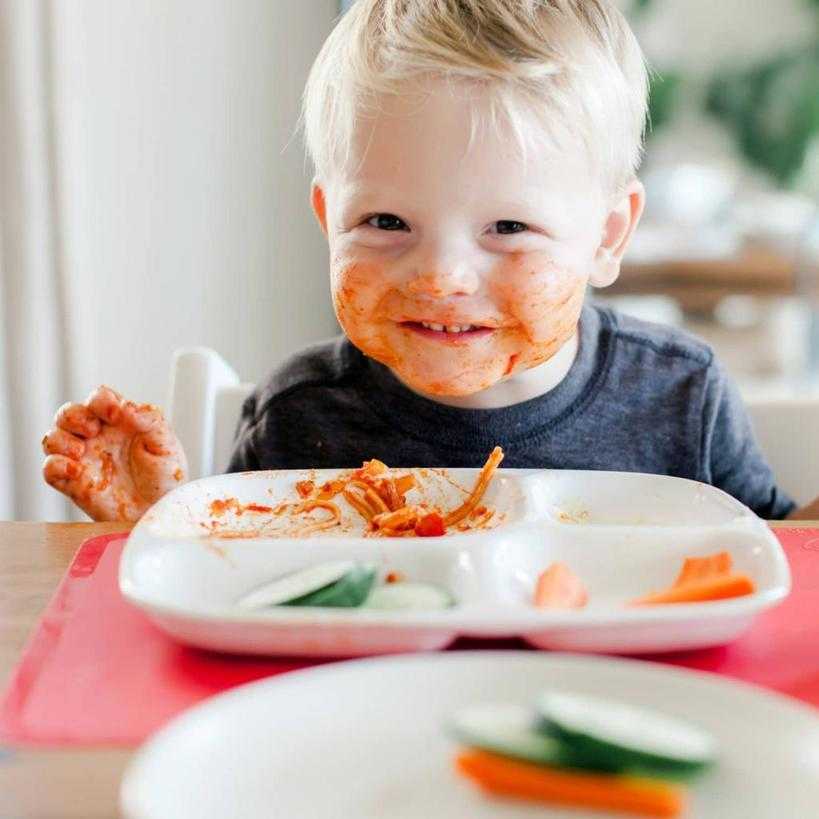 That did not cancel spitting. Have experienced nothing. Now more than two - does not spit, does not knock down spoons. They explained that it was not necessary to do this, he became older - they were expelled from the table. It was funny too, but not every time for several months)), sometimes it was tiring
That did not cancel spitting. Have experienced nothing. Now more than two - does not spit, does not knock down spoons. They explained that it was not necessary to do this, he became older - they were expelled from the table. It was funny too, but not every time for several months)), sometimes it was tiring
Open theme in windows
Spoon ejection reflex: why babies spit out solid food
Every parent welcomes a new stage in the development of their child. The first laugh, the first steps - the baby grows and learns the world every day. The introduction of complementary foods into the baby's diet is one of such exciting moments. The spoon ejection reflex may be the reason why a child is not yet ready to eat solid food. Learn more about why and when to introduce complementary foods to your baby.
Your baby's development
For the first four to six months of life, your baby gets all the nutrients it needs from breast milk or formula. As it develops (and with your pediatrician's permission), you can start giving your baby 4 to 6 month old solids, which are baby foods that are thicker than breast milk or formula. But the child can push pieces of food out of the mouth with the tongue. Is it picky?
As it develops (and with your pediatrician's permission), you can start giving your baby 4 to 6 month old solids, which are baby foods that are thicker than breast milk or formula. But the child can push pieces of food out of the mouth with the tongue. Is it picky?
Spoon ejection reflex
According to Russian Union of Pediatricians , when a child pushes solid food out of the mouth with the tongue, this is called the "spoon ejection reflex". This is one of the protective instincts of an infant. The baby's body develops, and the expulsion reflex protects him from choking or swallowing foreign objects in the first months of life. If something accidentally enters his mouth, the reflex causes him to push it back out. In addition, the swallowing mechanism of the baby is not yet sufficiently developed to cope with solid food. Thanks to this reflex, breast milk or milk formula is the only thing that enters his tummy. The reflex does not work when breastfeeding or bottle feeding, but may work when you offer solid food to your baby.
Feeding basics
The timing of the introduction of solid foods into an infant's diet is determined individually, so it's a good idea to talk to your child's pediatrician first. The Union of Pediatricians of Russia recommends that children start complementary feeding at the age of 4-6 months. However, sometimes even after the permission of the doctor, the baby continues to push food out of the mouth. This suggests that the spoon ejection reflex has not yet disappeared. Wait a few days and try again. Gradually, the reflex will fade away and the child will be ready to take solid food.
Your baby's introduction to solid foods is the perfect time to reinforce your baby's regular oral care routine. Wipe your child's gums with clean gauze soaked in boiled water, or remove food particles with a soft toothbrush for children. Even if the baby has not yet erupted teeth, regular oral care is important for his health.
At first glance, a child's picky behavior may be an important developmental milestone.

